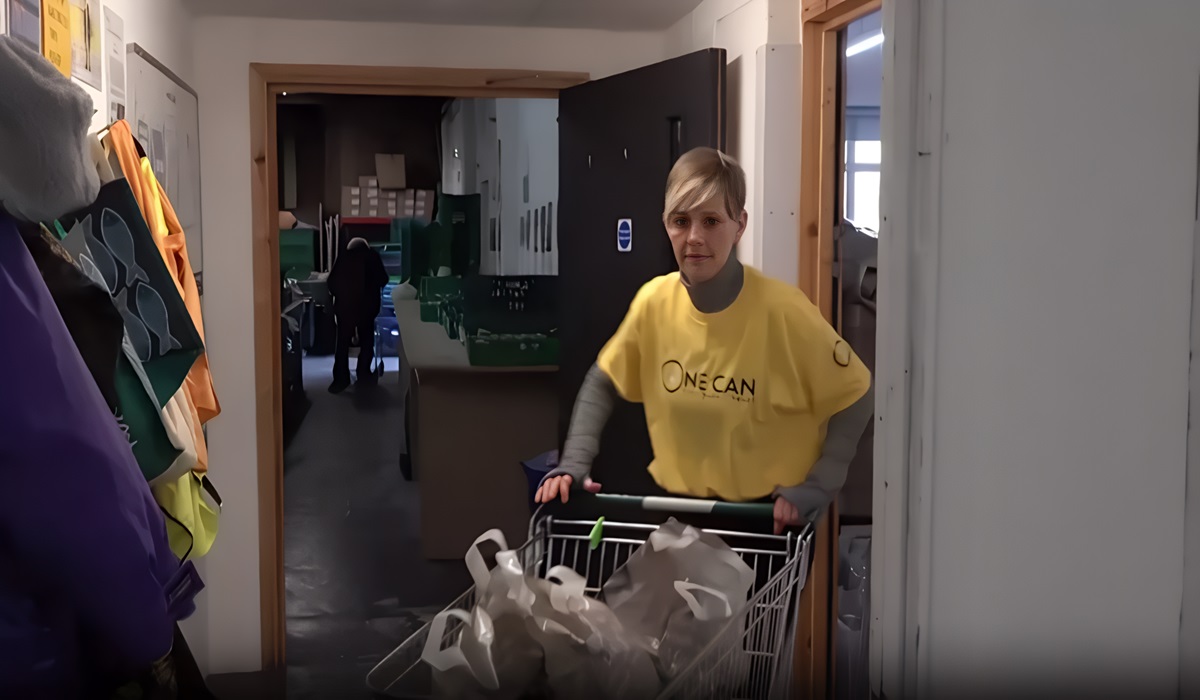A View Into Children Of Lekki Tollgate
“This way,” Mama Okon said to Jaje. “Come with me, all of you. We will be fine,” she assured them. “We must stay alive for our children. Tomorrow is another day.”
One has been confronted with this question: why did you write Children of Lekki Tollgate? And the quick retort has always been: why not? I am simply a storyteller! There is no set formula or listicle of what a creative writer can offer readers. The creative spirit can range as far as it can. In the case of this collection of short stories, the characters were staring me in the face, pleading to have their stories in my creative and fictional space. The characters needed me to paint their faces on the canvas of time. It was tough to ignore the visions and voices of the figures that stood before me. The #endsars movement has remained a historical perplex to authorities in Nigeria. It also stares creative thinkers in the face. As those alive during an epochal event, we must decide what to do with that history. Children of Lekki Tollgate is a creative interpretation of social and political events.
Children of Lekki Tollgate is a collection of 17 tales with around 54,000 words. The title fiction resonates with many people because of the historical event of October 20, 2020, where peaceful protesters waving the Nigerian national flag and singing the national anthem in some of the most patriotic and courageous voices were shot at, cut down without provocation, by a combined force of the army and police. These young Nigerians rose against police brutality across the country after years of silence and suffering.
There is no linear correlation between what happened in my book and what happened on that bloody night at Lekki toll plaza in Lagos state. It is vital to make that distinction. I am simply a creative writer during the time of a historic youth movement in Nigeria and Africa. I have not written reality literature. My book is very far from it, yet the story echoes in the consciousness of many because it captures the social and political reality they can visualize. The proximity of characters and actions is one of the exciting features of setting fiction in a contemporary world. It constantly pulls readers to the world outside its narrative universe, and it’s up to them to decide whether this is an asset.
The heroine of the title story is a character that is brave, young, and compassionate. She is also a bundle of talents, a quality reflected in the average Nigerian youth. The other characters that bring the other stories to life are drawn from human worlds of everyday toil and hope. Children of Lekki Tollgate derives much of its attractiveness and fictional characteristics from people struggling against forces for survival as obtained in war situations or against government suppression of civil liberties. But all agonized people have one thing in common, the love of freedom and a desire for empathy. The stories in this collection reflect that humanistic yearning.
Children of Lekki Tollgate is a book that paints the lives of ordinary people up against larger fates and forces. It evokes conflict and empathy. It is tough not to tell such a riveting story. Other narratives here are about the effects of war on society and the consequences of unbridled passion in the blossoming days of youth. In sum, the characters and the landscapes they inhabit are modern, and the theme of freedom, change, and hope thread through these narratives that capture the imagination with their commitment to realistic dialogues, the portrayal of sceneries, and the longing of voices for a more inclusive humanity.
This excerpt sets the scene in the opening story: “Duma fell back on the mattress, staring into the lingering white ceiling boards, her palms locked behind her head, her legs crossed on the cold grey tiles of the austere room. A wall clock chimed away into the still night. The otherwise gentle and regular rhythm grated her ears as though rapid machine gun fire she had witnessed days earlier.”
While this passage closes another tale: “But Jaje was a skilled protester. She had gathered some women under her wings, and they had disappeared in the hurting grey haze of teargas. Mama Okon knew the sinuous trails of the Tollgate, the roads less taken, and she would lead them to the safety of her shanties in the ghettoes of Maroko. She ushered them around, moving lithely, with the sinuous grace of a fat house cat showing a visiting one around the large house she lived in.
“This way,” Mama Okon said to Jaje. “Come with me, all of you. We will be fine,” she assured them. “We must stay alive for our children. Tomorrow is another day.”
“Yes, it is,” Jaje said. “But why do they keep doing this to us?” No one in the group of fleeing women gave her a response. Jaje and the women moved faster. The armored water cannons were hot on their heels.”
But there is more gripping and entertaining content at https://www.fiverr.com/crossriversongs/creative-writing-and-article-writing and https://store.okadabooks.com/book/about/children_of_lekki_tollgate/49944.









